
Kód: 04727944
Redefining Urban and Suburban America
The early returns from Census 2000 data show that the United States continued to undergo dynamic changes in the 1990s, with cities and suburbs providing the locus of most of the volatility. Metropolitan areas are growing more dive ... celý popis
- Jazyk:
 Angličtina
Angličtina - Vazba: Brožovaná
- Počet stran: 316
Nakladatelství: Brookings Institution, 2003
- Více informací o knize

Mohlo by se vám také líbit
-

Sport, Culture and Ideology
5443 Kč -

Discovering Denali
410 Kč -

How to Drink at Christmas
336 Kč -
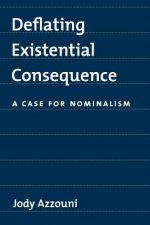
Deflating Existential Consequence
2494 Kč -

Business Cycles: Theories, Evidence and Analysis
6680 Kč -
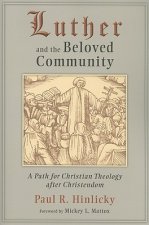
Luther and the Beloved Community
1070 Kč -

Bug Club Phonics Fiction Reception Phase 3 Alphablocks Set 09 Go, Boat, Go!
222 Kč
Dárkový poukaz: Radost zaručena
- Darujte poukaz v libovolné hodnotě a my se postaráme o zbytek.
- Poukaz se vztahuje na celou naši nabídku.
- Elektronický poukaz vytisknete z e-mailu a můžete ihned darovat.
- Platnost poukazu je 12 měsíců od data vystavení.
Více informací o knize Redefining Urban and Suburban America
Nákupem získáte 106 bodů
 Anotace knihy
Anotace knihy
The early returns from Census 2000 data show that the United States continued to undergo dynamic changes in the 1990s, with cities and suburbs providing the locus of most of the volatility. Metropolitan areas are growing more diverse --especially with the influx of new immigrants --the population is aging, and the make-up of households is shifting. Singles and empty-nesters now surpass families with children in many suburbs. The contributors to this book review data on population, race and ethnicity, and household composition, provided by the Census's "short form," and attempt to respond to three simple queries: --Are cities coming back? --Are all suburbs growing? --Are cities and suburbs becoming more alike? Regional trends muddy the picture. Communities in the Northeast and Midwest are generally growing slowly, while those in the South and West are experiencing explosive growth ("Warm, dry places grew. Cold, wet places declined," note two authors). Some cities are robust, others are distressed. Some suburbs are bedroom communities, others are hot employment centers, while still others are deteriorating. And while some cities' cores may have been intensely developed, including those in the Northeast and Midwest, and seen population increases, the areas surrounding the cores may have declined significantly. Trends in population confirm an increasingly diverse population in both metropolitan and suburban areas with the influx of Hispanic and Asian immigrants and with majority populations of central cities for the first time being made up of minority groups. Census 2000 also reveals that the overall level of black-to-nonblack segregation has reached its lowest point since 1920, although high segregation remains in many areas. Redefining Urban and Suburban America explores these demographic trends and their complexities, along with their implications for the policies and politics shaping metropolitan America. The shifts discussed here have significant influence in demand for housing and schools, childcare and healthcare, as well as private goods and services. Contributors include: Alan Berube (Brookings Institution); Benjamin Forman(Massachusetts Institute of Technology); William H. Frey (University of Michigan, Milken Institute); Edward L. Glaeser (Harvard University); John R. Logan (University at Albany, State University of New York), William H. Lucy (University of Virginia); David L. Phillips (University of Virginia); Jesse M. Shapiro (Harvard University), Patrick A. Simmons (Fannie Mae Foundationa); Audrey Singer (Brookings Institution); Rebecca R. Sohmer (Fannie Mae Foundation); Roberto Suro (Pew Hispanic Center); Jacob L. Vigdor (Duke University. Brookings Metro Series
 Parametry knihy
Parametry knihy
Zařazení knihy Knihy v angličtině Society & social sciences Society & culture: general Social groups
1059 Kč
- Plný název: Redefining Urban and Suburban America
- Jazyk:
 Angličtina
Angličtina - Vazba: Brožovaná
- Počet stran: 316
- EAN: 9780815748595
- ISBN: 0815748590
- ID: 04727944
- Nakladatelství: Brookings Institution
- Hmotnost: 513 g
- Rozměry: 229 × 152 × 17 mm
- Datum vydání: 30. January 2003
Oblíbené z jiného soudku
-

Women Who Run with the Wolves
238 Kč -

Freedom Writers Diary
287 Kč -

Think Like a Monk
441 Kč -

Orientalism
306 Kč -
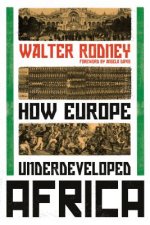
How Europe Underdeveloped Africa
515 Kč -

Desert Flower
286 Kč -
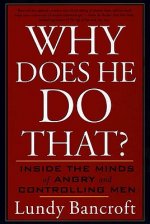
Why Does He Do That?
427 Kč -

Letters to a Young Muslim
303 Kč -

Eros and Mysteries of Love
426 Kč -

Life After Darkness
520 Kč -

Puer Tea
937 Kč -
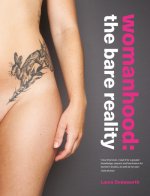
Womanhood
544 Kč -

Complete Book of Pilates for Men
447 Kč -

JFK - 9/11
740 Kč -

Sword of No-sword
646 Kč -

Servitors of Empire
478 Kč -

Gypsy Identities 1500-2000
1641 Kč -

Colloquial Yiddish
1682 Kč -
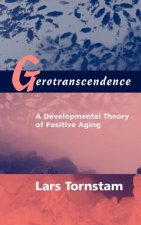
Gerotranscendence
3473 Kč -

Northwest Coast Indian Art
721 Kč -

Qur'an
810 Kč -
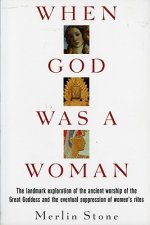
When God Was A Woman
496 Kč -

The Mastery of Love
309 Kč -

Vintage Menswear
435 Kč -

Who Cooked the Last Supper?
427 Kč -

Women Who Run With The Wolves
410 Kč -

The Way of Men
334 Kč -

The Autobiography of Malcolm X
225 Kč -

Second Sex
410 Kč -

Goddesses in Everywoman
303 Kč -

Talking with Female Serial Killers - A chilling study of the most evil women in the world
276 Kč -

Intellectuals and Society
538 Kč -

Women in the Qur'an
493 Kč -

Erotic Bondage Book
367 Kč -

Zami
286 Kč -

Nine Years among the Indians, 1870-1879
618 Kč -

Dark Emu
410 Kč -
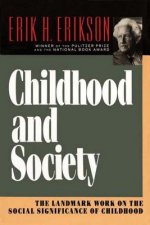
Childhood and Society
394 Kč -
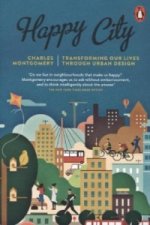
Happy City
303 Kč -

The Male Nude
481 Kč -
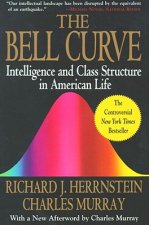
The Bell Curve
464 Kč -

We Should All Be Feminists
213 Kč -

Empire of the Summer Moon
357 Kč -

Radium Girls
276 Kč -

Dance of Anger
276 Kč -

Beauty Myth
357 Kč -

Muqaddimah
543 Kč -

TROUBLEMAKER
363 Kč -
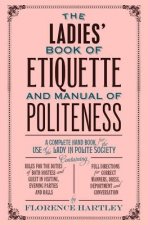
Ladies' Book of Etiquette and Manual of Politeness
306 Kč
Osobní odběr Praha, Brno a 12903 dalších
Copyright ©2008-24 nejlevnejsi-knihy.cz Všechna práva vyhrazenaSoukromíCookies



 Vrácení do měsíce
Vrácení do měsíce 571 999 099 (8-15.30h)
571 999 099 (8-15.30h)